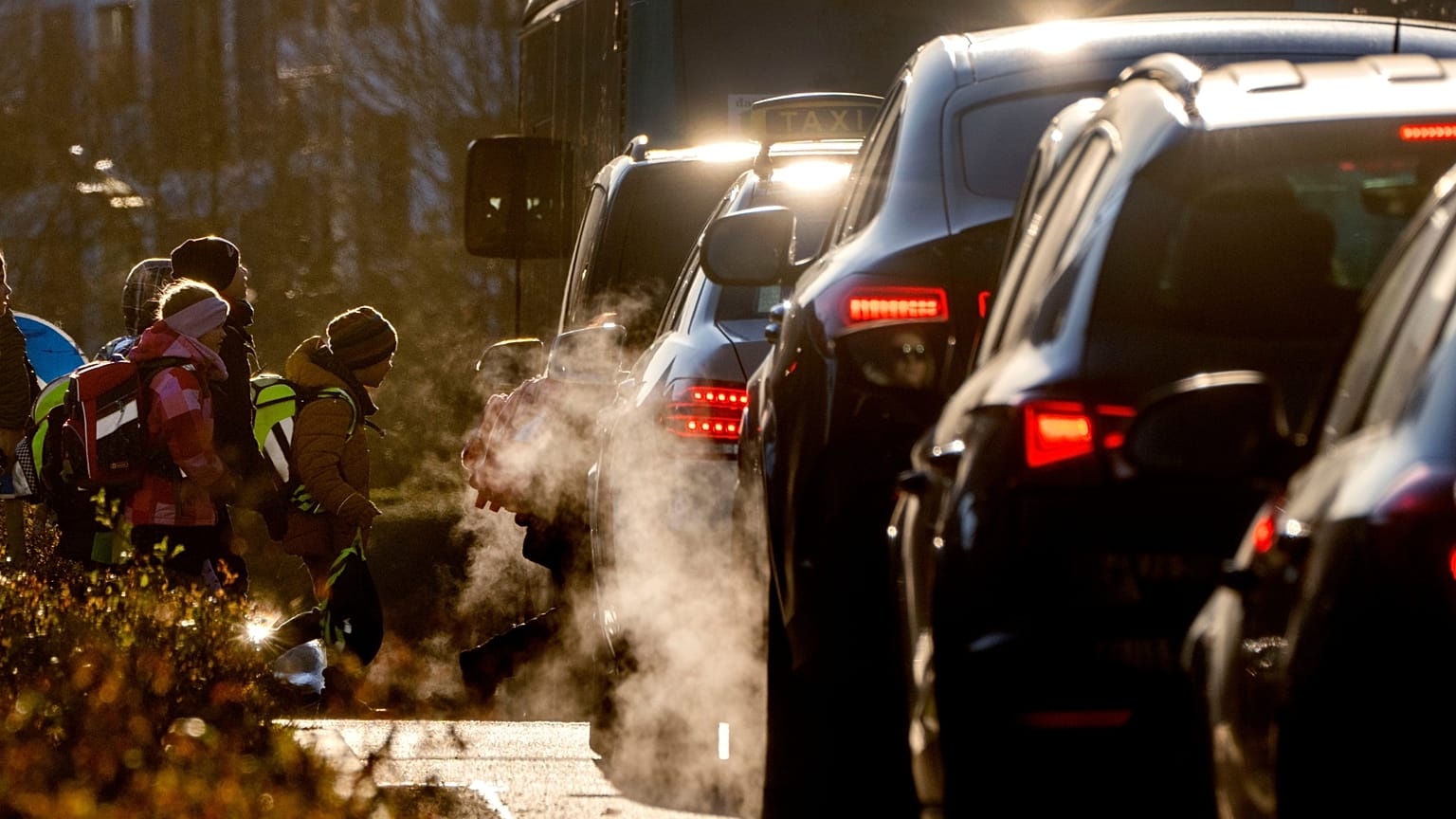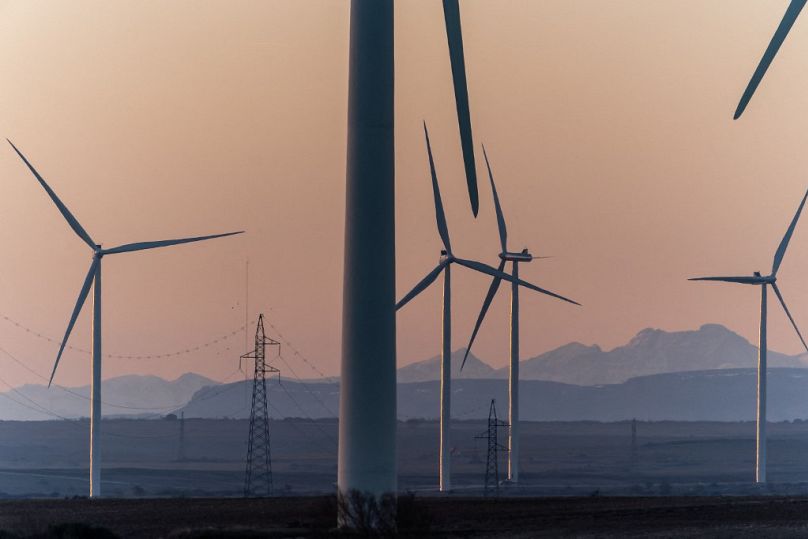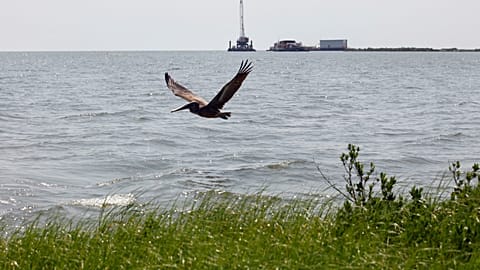Emissions fell in 23 of the 27 EU member states in the last three months of 2022.
Greenhouse gas emissions in the EU fell by 4 per cent in the last three months of 2022, according to Eurostat data released today (15 May).
CO2-equivalents (CO2e) totalled 938 million tonnes compared to 978 million tonnes during the same quarter of 2021.
Out of the 27 member states, emissions fell in 23 EU countries - almost all except for Ireland, Latvia, Malta and Denmark where they increased.
The biggest reductions were seen in Slovenia, the Netherlands and Slovakia.
The Eurostat report also looks at social and economic factors like gross domestic product (GDP) - a measure of the value added created through the production of goods and services in a country. It found that while emissions had fallen, GDP hadn’t and had actually increased by 1.5 per cent during those three months.
It shows that countries are reducing their greenhouse gas contribution while growing their economies.
Just five EU member states that cut emissions recorded a decrease in their GDP - Estonia, Luxembourg, Lithuania, Finland and Sweden.
Where did greenhouse gas cuts come from?
The economic sectors responsible for the most greenhouse gas emissions in the last three months of 2022 were manufacturing and activities by households. Each contributed 21 per cent of the bloc’s total amount of CO2e.
They were followed by electricity and gas supply at 20 per cent, agriculture at 13 per cent and transportation and storage at 11 per cent.
The data shows that emissions fell in six out of the nine industries it included.
The biggest cut was 9.7 per cent in the ‘electricity, gas, steam and air conditioning supply’ sector. This includes generating and providing electricity to homes.
Following Russia’s invasion of Ukraine, Europe has been in the grips of an energy crisis causing prices to soar and supplies to be disrupted. This combined with a mild winter and hot summer meant electricity demand in the EU fell in 2022 - the only major region where this happened.
Why is this data important for green decision-making?
The EU is responsible for around 6 per cent of global emissions and has committed to more than halving this pollution by 2030.
A report from the European Environmental Agency released in August last year found that the EU’s greenhouse gas emissions fell by 34 per cent between 1990 and 2020.
Data like this from the EU’s statistical office can feed into policy and decision-making - including initiatives like the European Green Deal.
But to meet its 2030 emissions target of a 55 per cent reduction on 1990 levels and the goal of becoming climate neutral by 2050, more ambitious action is needed. That’s according to the Climate Action Tracker, which rates its policies and action as “almost sufficient”.
One thing it highlights as particularly threatening to the target is the classification of fossil gas as a “transition technology” in the EU taxonomy.
Achieving a higher share of renewable power is one of the ways the bloc can meet its 2030 goal.



















